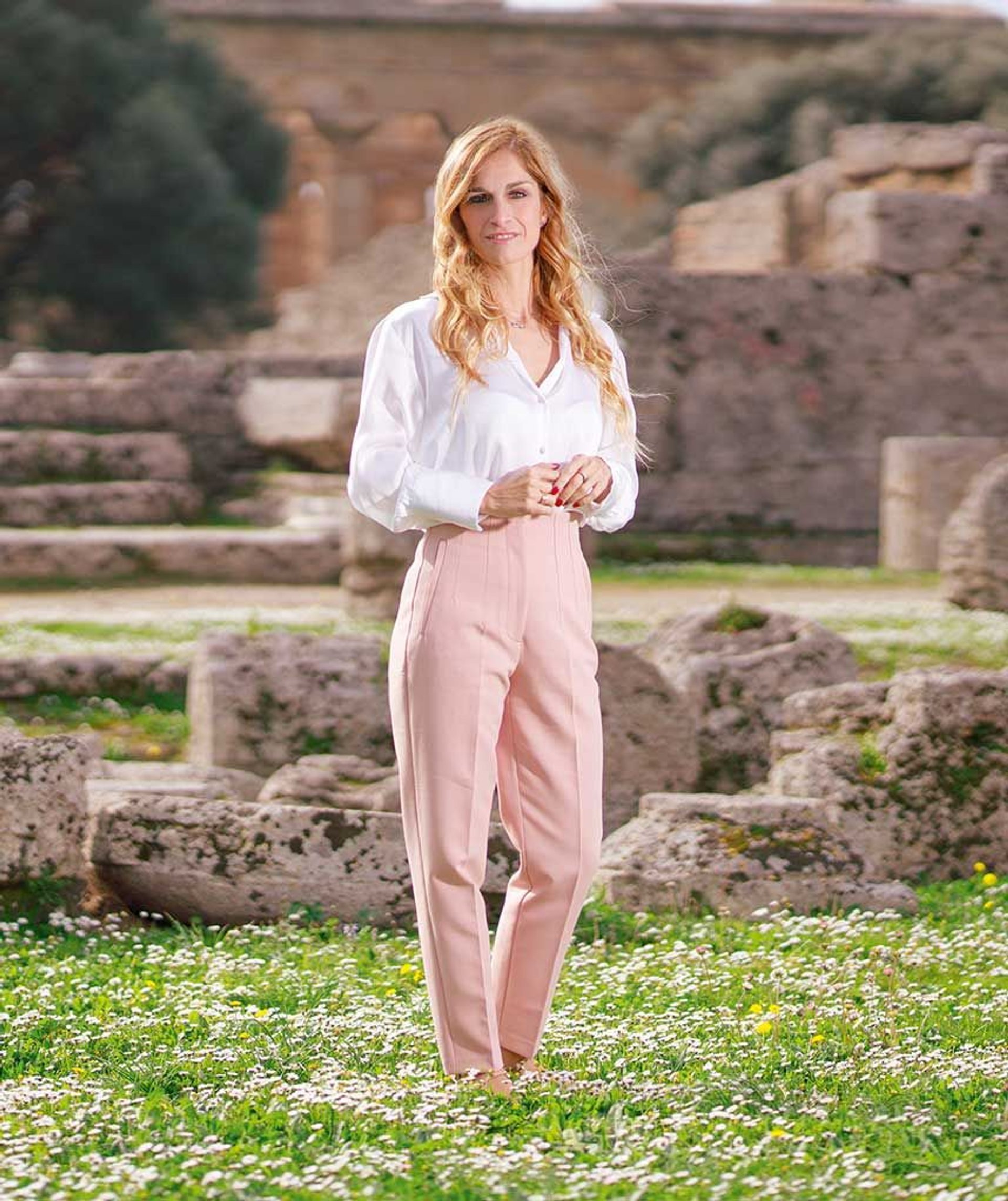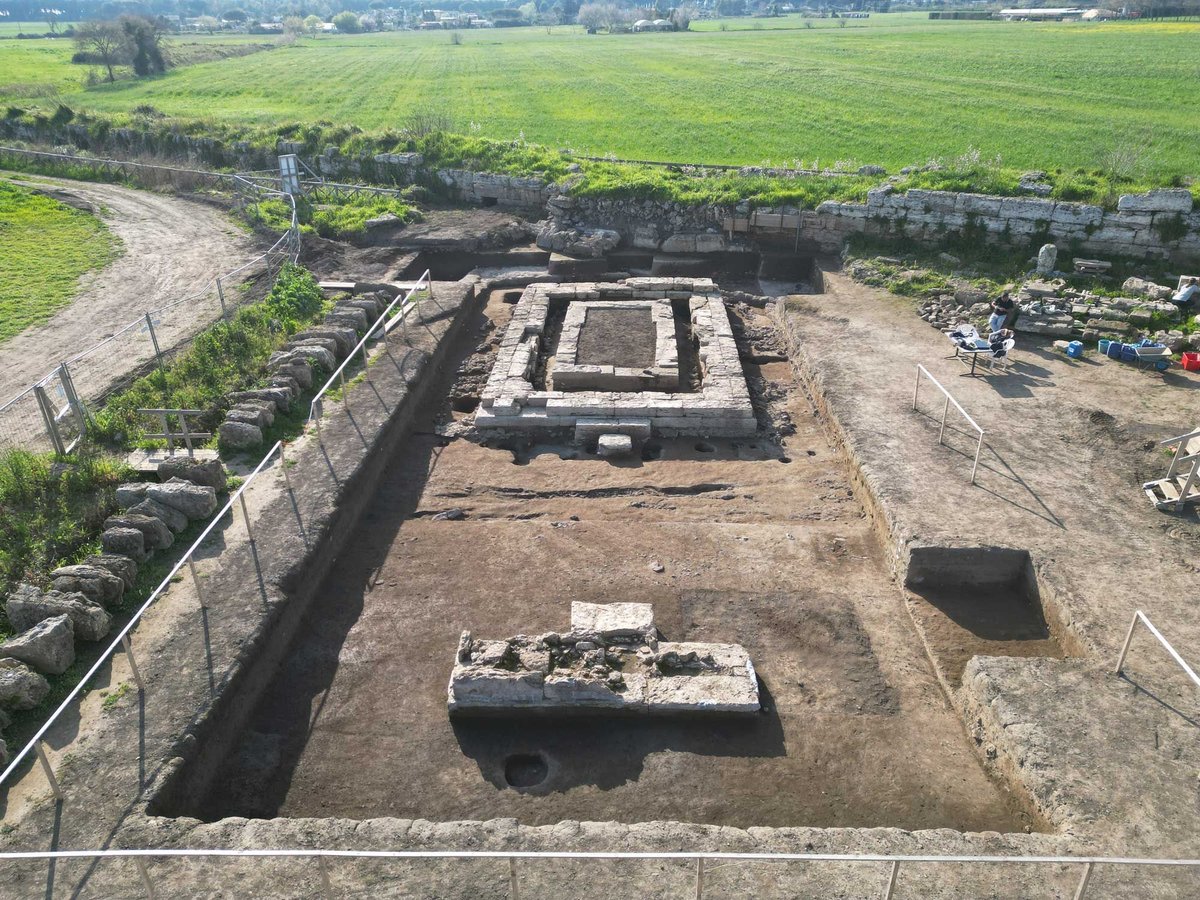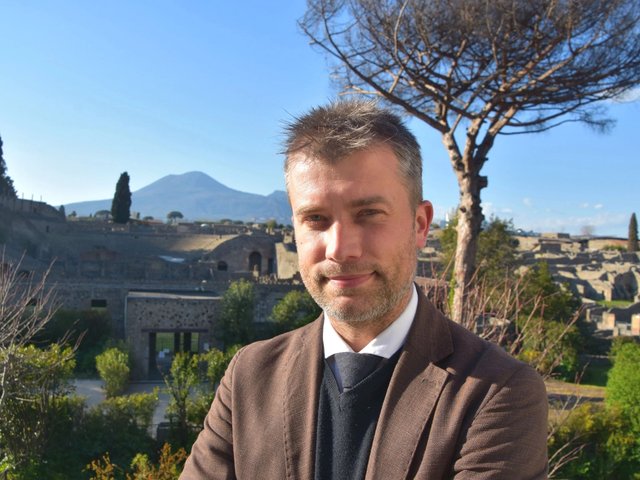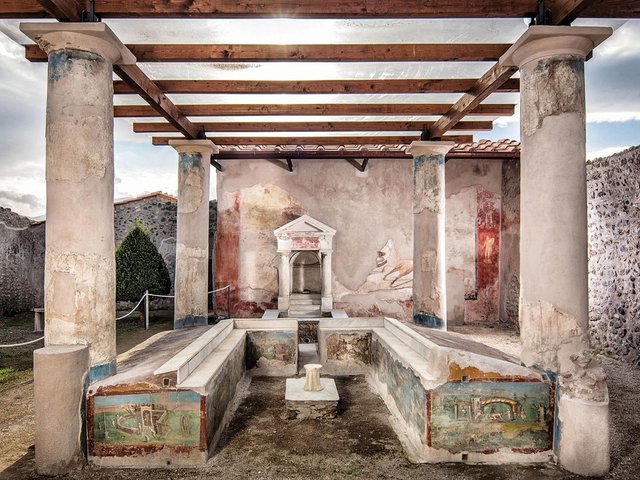This summer, the Italian archaeologist Tiziana D’Angelo had a lot on her plate. As the director of the Parchi archeologici di Paestum e Velia, the dual archaeological sites that lie south of Italy’s Amalfi Coast, D’Angelo had begun overseeing the long-planned excavation of a recently discovered ancient Greek sanctuary. At the same time she was also devising the reinstallation of the Paestum site’s elegant 20th-century museum building, the Museo Archeologico Nazionale di Paestum.
But life then became even more hectic. On 1 August, Massimo Osanna, the director general of museums at Italy’s ministry of culture, announced that D’Angelo would take on additional duties as the deputy director of the Royal Palace of Naples, a thousand-room structure dating to the early 17th century that has suffered managerial and budgetary setbacks in recent years. Now overseeing two of southern Italy’s leading cultural institutions, each with a staff of around 100, she has two very full plates to deal with.
“It’s a lot of work, but I’ve always been a bit of a workaholic,” says D’Angelo, a 42-year-old native of Milan. She plans to divide her week between Naples and her Paestum office.
Dating back to the founding of the Greek colony of Poseidonia around 600BC, the Paestum site is known for its three well-preserved Doric temples. Unlike the excavated ruins of Pompeii and Herculaneum, further north along the coast towards Naples, the temple trio survived the past 2,500 years above ground, in plain view.
New-found sanctuary
This summer, a team of resident archaeologists resumed their work on Paestum’s sanctuary area, near the old city walls, which had disappeared from view for centuries. The sanctuary was discovered in 2019 on private farmland within the boundaries of the archaeological park, but work was interrupted by the Covid epidemic. After an initial preparatory phase from 2022 to 2024, work was again put on hold while the Paestum and Velia parks negotiated the formal acquisition of the farm. This autumn, D’Angelo and her team are embarking on the culmination of the dig, which she anticipates will take another year.
Both Paestum and the Royal Palace are really umbrella organisations. Paestum is paired with Velia, another site with ancient Greek origins some 50 kilometres away. Meanwhile the Royal Palace, known for its rich decorative arts holdings, directly oversees the Villa Pignatelli, a Neo-Classical villa once belonging to the Rothschilds, and also administers the outer premises of Teatro San Carlo (the Naples opera house) and the Biblioteca Nazionale Vittorio Emanuele III, one of Italy’s largest libraries, both of which are housed in the palace.

Tiziana D’Angelo: “It’s a lot of work, but I’ve always been a bit of a workaholic”
Photo: © Sandro Michahelles
D’Angelo says that Osanna nominally holds the title of director in Naples but she is responsible for managerial duties. She will run the two organisations simultaneously until a new permanent director can be found for the Royal Palace, most likely in early 2026. The four-year contract of Mario Epifani, the former Royal Palace director who arrived in 2020, was not renewed.
Paestum’s three celebrated Greek temples were main attractions on the 18th-century Grand Tour—etched by Giovanni Battista Piranesi, examined by Johann Joachim Winckelmann and described by Johann Wolfgang von Goethe. Built by Greek colonists, then inherited by Italic tribes and finally taken over by the Romans, the city was all but abandoned, as malaria forced a later medieval settlement to higher, drier ground. The temples, often considered the finest surviving examples of their type in the whole of the Mediterranean, were not discovered as much as rediscovered. The recently discovered sanctuary, to the west of the ancient town, had a different fate.
The three main temples “were never really excavated”, D’Angelo says, but “were always exposed”. At the newly unearthed sanctuary, archaeologists now “have the opportunity to document” the whole of its buried history.
Broken open
Because the pavement of the sanctuary site’s temple was damaged by farming, she explains, “we can look inside”, which is something “we could not have done if it had been preserved”. Already, archaeologists have located capitals from other columns that were used in the temple’s foundations, testifying to the Greeks’ own reuse of building materials, as well as providing evidence for an even earlier temple. D’Angelo says the earlier temple likely dates to 570BC or 580BC; it was rebuilt a century later and used for centuries. To date, more than 300 crates of votive objects have been found, she says, including an array of objects “once carefully arranged” near the temple altar.
The site will allow D’Angelo’s team to “reconstruct the transformation” of Poseidonia/Paestum, from its Greek founding to its Roman reinvention. This new chapter in the history of Magna Graecia, as southern Italy’s Greek settlements are collectively known, will be the subject of an exhibition at the Paestum museum in early 2026.
Southern Italy’s archaeology sites have a way of propelling their directors upward. Osanna is himself an archaeologist who previously ran the park at Pompeii. And D’Angelo’s predecessor in Paestum, German-born archaeologist Gabriel Zuchtriegel, is now the director at Pompeii, which, since the pandemic, has seen attendance figures soar to new, near-unmanageable heights.
The past few years have turned out to be quite a ride for D’Angelo herself. Back in 2022, when she was first appointed Paestum director, she was an assistant professor at the UK’s University of Nottingham, albeit one with a Harvard doctorate and stints at New York’s Metropolitan Museum of Art and California’s Getty Research Institute. She says she “would love one day” to work at the Museo Archeologico Nazionale di Napoli, the very top of the heap of Europe’s classical antiquities collections.





